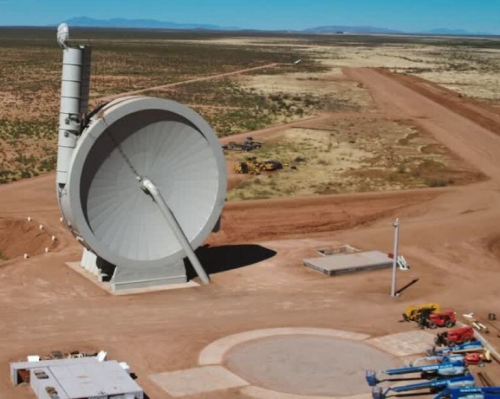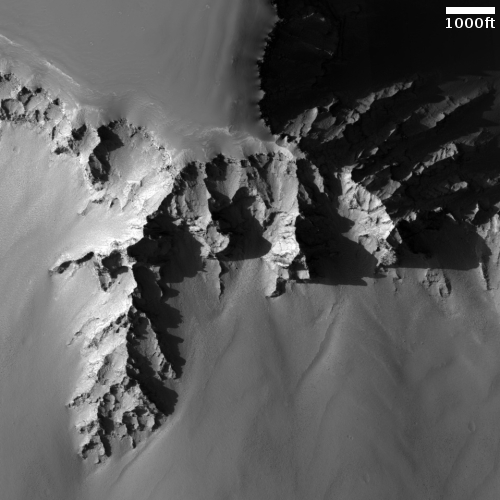SpaceX CEO: Starship could launch as early as June
Capitalism in space: SpaceX’s CEO and president Gwynne Shotwell revealed today that Starship could be ready for its orbital test flight from Boca Chica as early as June, though government regulatory obstacles make that launch more likely three to six months from now.
It appears that the delays in getting FAA approval for launch have not been the only issues that have delayed that first launch attempt. Though SpaceX would have likely tried a launch months ago with earlier prototypes had the approval arrived as originally promised, that launch would have likely failed based on ground tests the company has been doing during the delay.
When Musk tweeted his “hopefully May” estimate, SpaceX was nowhere close to finishing the Starship – Ship 24 – that is believed to have been assigned to the orbital launch debut. However, SpaceX finally accelerated Ship 24 assembly within the last few weeks and ultimately finished stacking the upgraded Starship on May 8th. A great deal of work remains to truly complete Ship 24, but SpaceX should be ready to send it to a test stand within a week or two. Even though the testing Ship 24 will need to complete has been done before by Ship 20, making its path forward less risky than Booster 7’s, Ship 24 will debut a number of major design changes and likely needs at least two months of testing to reach a basic level of flight readiness.
A more likely launch date is probably late July at the earliest, though of course that will also depend on the government’s approval, something that presently appears difficult to get.
Capitalism in space: SpaceX’s CEO and president Gwynne Shotwell revealed today that Starship could be ready for its orbital test flight from Boca Chica as early as June, though government regulatory obstacles make that launch more likely three to six months from now.
It appears that the delays in getting FAA approval for launch have not been the only issues that have delayed that first launch attempt. Though SpaceX would have likely tried a launch months ago with earlier prototypes had the approval arrived as originally promised, that launch would have likely failed based on ground tests the company has been doing during the delay.
When Musk tweeted his “hopefully May” estimate, SpaceX was nowhere close to finishing the Starship – Ship 24 – that is believed to have been assigned to the orbital launch debut. However, SpaceX finally accelerated Ship 24 assembly within the last few weeks and ultimately finished stacking the upgraded Starship on May 8th. A great deal of work remains to truly complete Ship 24, but SpaceX should be ready to send it to a test stand within a week or two. Even though the testing Ship 24 will need to complete has been done before by Ship 20, making its path forward less risky than Booster 7’s, Ship 24 will debut a number of major design changes and likely needs at least two months of testing to reach a basic level of flight readiness.
A more likely launch date is probably late July at the earliest, though of course that will also depend on the government’s approval, something that presently appears difficult to get.








